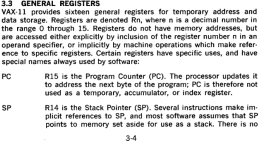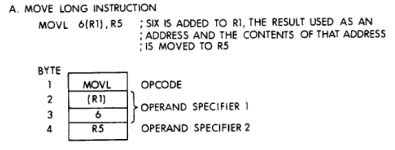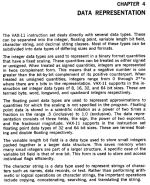x64 assembly is one of the hardest to learn: there really are a lot of special cases, a lot of variety, a lot of complexity chasing small performance gains.
I'd suggest that amongst the easiest is the VAX:
- power-of-2 word size
- integers usually the same size as addresses
- conventionally hexadecimal
- extremely regular
- designed to be programmed in assembler
It was arguably the peak of CISC design: as far as I know it's the only CPU with operators and operands coded independently in the bytestream. After learning machine code on a VAX, everything else feels like a compromise to get the instruction stream to be simpler; everything earlier looks like they didn't have an overall plan.
It's much easier to understand than a PDP-10, described in Wikipedia like this: "The right half of these registers (other than register 0) may be used for indexing. A few instructions operate on pairs of registers. The "PC Word" register is split in half; the right 18 bits contains the program counter and the left 13 bits contains ...". And much easier than an x86: "mandatory SSE2-like instructions, and x87/MMX style registers are generally not used, but still available even in 64-bit mode".
Other things to note include the top-quality simulator (simh, same as for other Digital computers). And you can buy a real desktop one for a few hundred or go full-rabbit-warren a rackmount 730 or 750 or indeed 780. And you actually use it for real things like word processing or home automation.
From a historical perspective it's easily one of the most important computers, being instrumental in the development of Unix after the PDP-11, and the platform for the development of sockets at Berkeley. And the perfect stepping stone between current processors and early ones.
You might be interested to read C Gordon Bell's 1977 paper:
What have we learned from the PDP-11, (
available online) which gives a good historical perspective.
Many people learned assembler on microprocessors: the main difference between these and "proper computers" was that the "proper computers" had supervisor and user modes, vital for interprocess protection in an operating system. These didn't come to the microprocessors until 68000 and 386, I believe. Contrary to what you might think, from the point of view of operating systems, this is much more important than the small word size of say the Z80.
Just a few opinions which might be helpful. Start wherever you find it most interesting.
Jonathan.
Following are a few snippets of
VAX-11/780 Architecture Handbook Vol. 1






